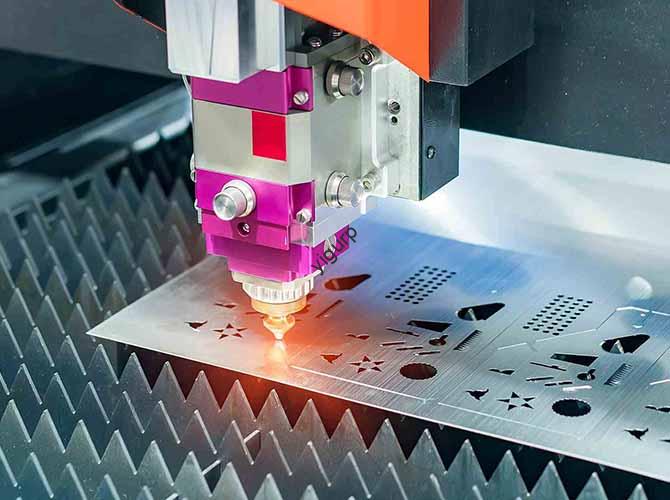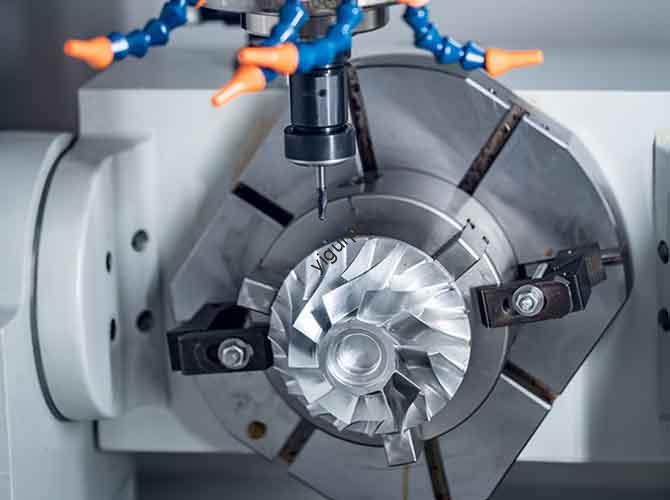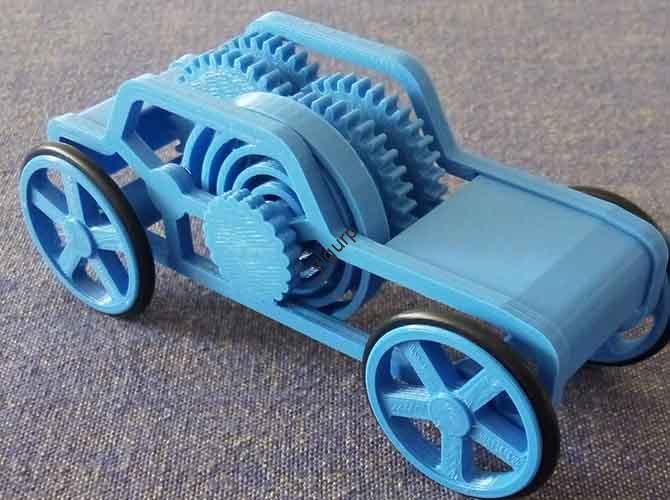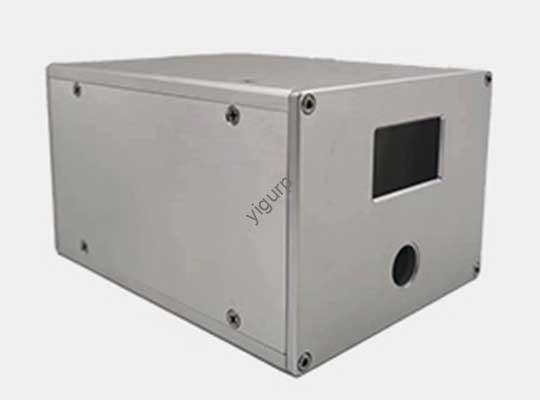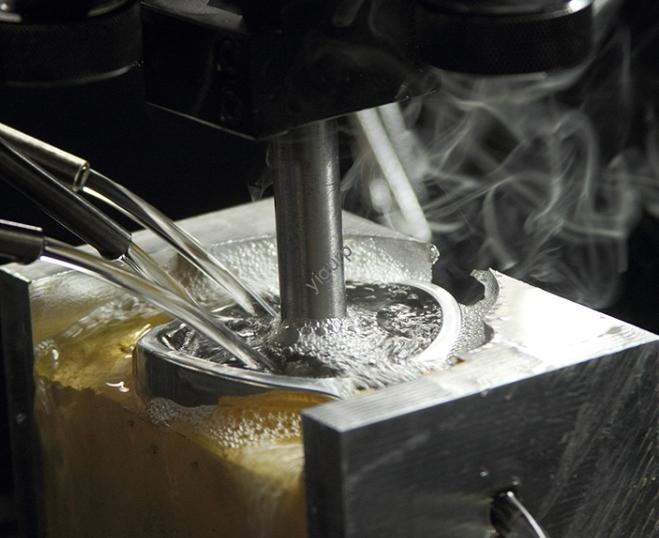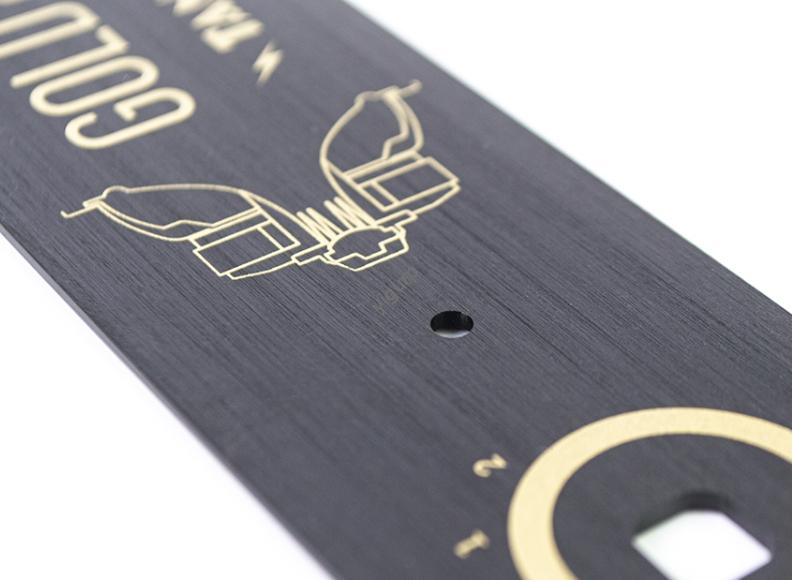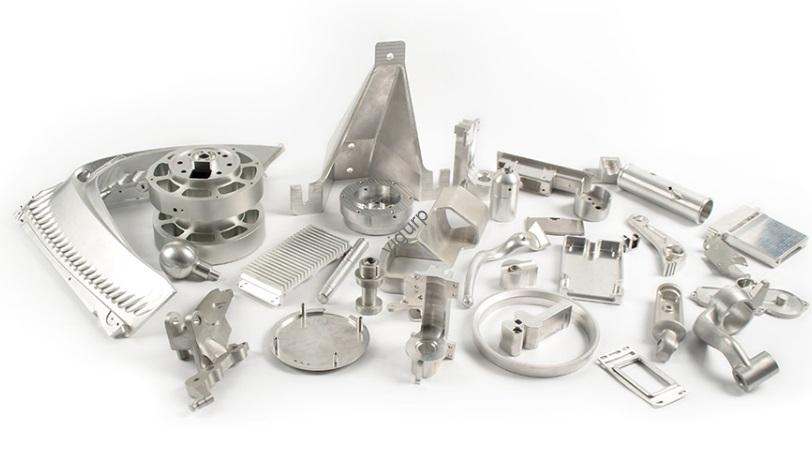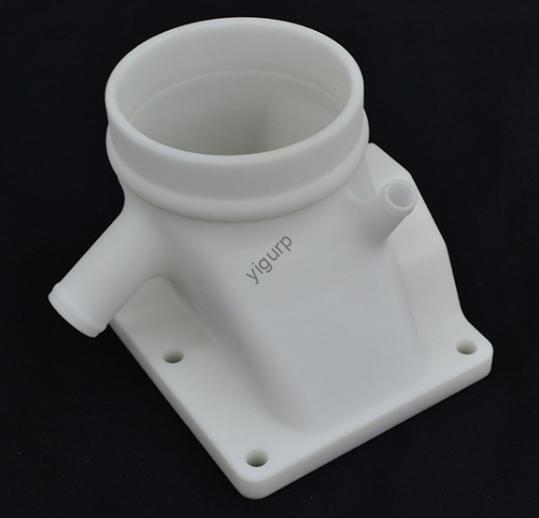CNC Machining Screw Process: A Step-by-Step Guide to Precision Fasteners
When it comes to manufacturing screws—critical components in everything from electronics to aerospace—how do you ensure every piece meets strict size, thread, and strength standards? The answer lies in the CNC machining screw process—a computer-controlled workflow that turns raw metal into high-precision fasteners with unmatched consistency. This guide breaks down the entire process, solves common […]
